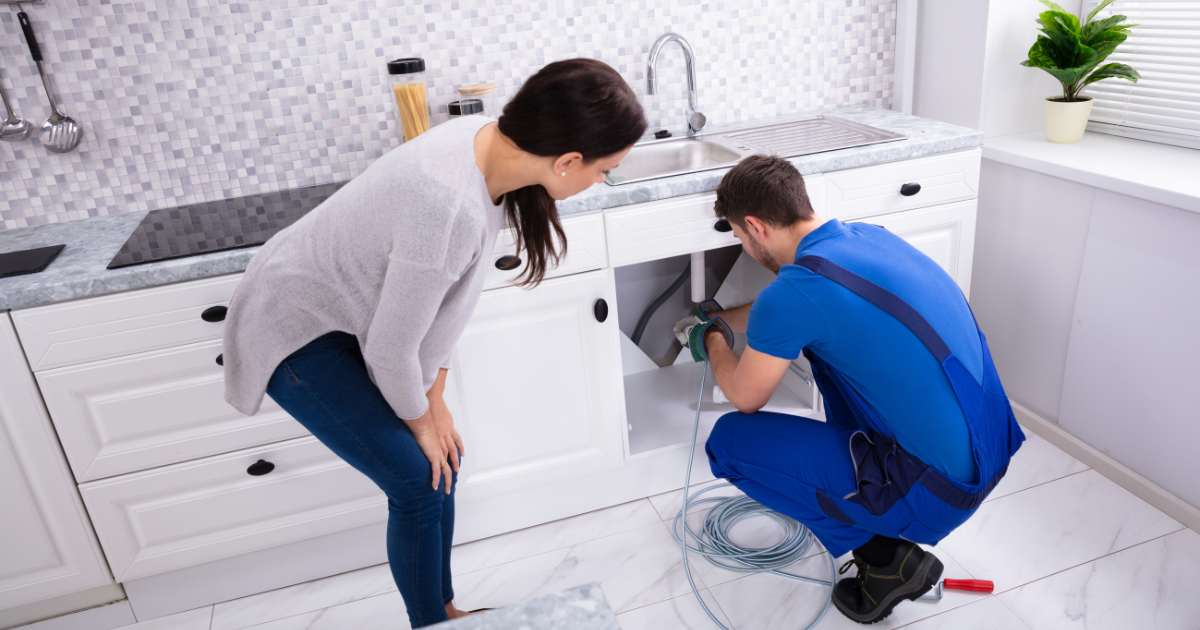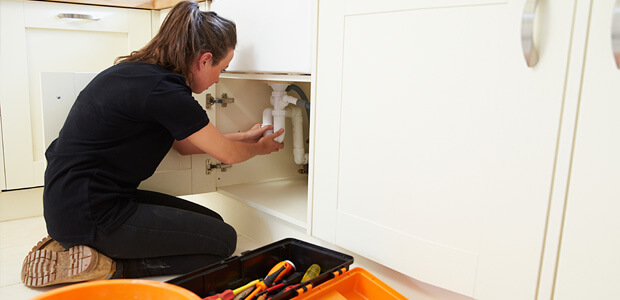Procedures to Implement for Addressing a Blocked Drain Prior to Contacting Professional Plumbers
Procedures to Implement for Addressing a Blocked Drain Prior to Contacting Professional Plumbers
Blog Article
We have uncovered this article relating to What I learned from trying to deal with a clogged drain below on the internet and felt it made perfect sense to relate it with you on this site.

Intro
Dealing with a blocked drain can be a frustrating experience, disrupting daily tasks and potentially creating damage to your property. Nevertheless, before connecting to pipes professionals, there are steps you can take to deal with the problem on your own. In this guide, we'll check out DIY options and preventive measures to deal with a blocked drainpipe properly.
Determining the Problem
The primary step in dealing with an obstructed drain is acknowledging the indications. Sluggish drain, gurgling sounds, foul odors originating from drains, or water backing up are common indications of a blocked drain. Recognizing these signs early can assist stop further problems.
Selecting the Right Plumbing Solution
When choosing a pipes solution, consider aspects such as experience, licensing, and consumer testimonials. Pick a reliable plumbing professional with a track record of top quality craftsmanship and transparent prices practices.
Price Factors to consider
The expense of professional drain cleaning services can vary depending on the extent of the blockage and the plumbing's rates. Request quotes from multiple providers and ask about any kind of service charges to make certain openness and prevent surprises.
Safety Precautions
When trying do it yourself drainpipe cleansing, prioritize safety and security. Put on protective gloves and glasses to stay clear of contact with hazardous chemicals or germs. Never ever mix different drainpipe cleaning items, as this can produce unsafe fumes.
Instance Researches
Real-life examples illustrate the performance of DIY remedies and the relevance of prompt specialist treatment in solving drain clogs.
Typical Sources Of Blocked Drains
Understanding the aspects that add to drain pipes obstructions is necessary for reliable resolution. Usual wrongdoers include hair, soap scum, oil, food particles, and international items like hygienic products or paper towels. Tree origins getting into below ground pipes can also trigger considerable blockages.
Do it yourself Solutions
For minor obstructions, several DIY options can be effective. Putting boiling thin down the drainpipe can assist liquify grease and particles. Sodium bicarbonate and vinegar or a mix of salt and cooking soft drink can work as natural cleaners. Making use of a bettor or plumbing snake to dislodge obstructions is one more alternative.
Devices and Tools
Having the right tools handy can make DIY drain cleaning a lot more reliable. A bettor is a versatile device for removing obstructions in sinks, bathrooms, and showers. A pipes snake or auger can reach deeper clogs, while drain cleaning chemicals can be used carefully for persistent clogs.
Safety nets
To stay clear of future clogs, embracing safety nets is critical. Set up drainpipe guards or filters to capture hair and particles before they get in the pipes. On a regular basis flush drains pipes with warm water to liquify oil accumulation, and prevent getting rid of grease or strong waste away.
When to Call a Specialist
While do it yourself options can solve minor obstructions, certain indications indicate the demand for specialist assistance. Persistent obstructions, foul odors in spite of cleaning efforts, or numerous drains backing up concurrently are red flags that require professional treatment.
Verdict
By following the pointers described in this guide, you can effectively take on obstructed drains and stop future pipes problems. Whether going with DIY services or looking for professional assistance, timely activity is vital to preserving a healthy plumbing system and preserving the integrity of your home.
WHAT I LEARNED FROM TRYING TO DEAL WITH A CLOGGED DRAIN
We have had our share of seepages and other annoying things that are part of living, especially in an apartment complex. And if there’s one thing that’s terrifying for a homeowner—or even someone in a rented home—it is a clogged drain, indoors or outdoors.
We enjoy our living space, but it’s simply a fact of life that dead skin, soap and a host of other items go down the drain; eventually, the residue builds up and prevents anything from moving. Ugh.
Not Calling A Professional
Of course, it might seem simple to just whip the pipe off under the sink and see if you can unblock it. Unfortunately, what if the blockage isn’t there, or you don’t reconnect it properly? Worse, you might break a piece and have no drainage system. Can you imagine that scene? Yuck!
Not Watching Your Waste
This will sound d’uh, but the best tip I can give you for drain cleaning is to avoid clogging the drain in the first place! You can do this by monitoring what goes down the drain and catching the items which are most likely to give you a problem. Invariably hair, vegetable peels, and large wads of toilet paper are the most obvious culprits. Add a filter—these are available in hardware stores and can be removed and cleaned easily.
Poking The Drain
The first urge with a clogged drain is to poke at it with a stick or anything that resembles a stick. Sadly, this does not result in magically solving the issue. The mental image is, naturally, one of the stick just pushing through the offending item and all is well again. Reality is quite different and unpleasant and likely to lead to further problems.
The thing is, every drain has a series of bends that are not visible to us. Drains are built this way to prevent gases from entering the house. What happens when you poke a stick into the drain? Of course, it can’t bend around the corner. The more adventurous people will use force and end up wedging the stick or causing it to break off in the pipe—creating an even bigger issue. Worst thing? The stick will shift the block further down the pipe, creating the space for more to collect. Go ahead! Roll your eyes!
Using The Wrong Plunger
You know what they say: the right tool for the right job! Did you know there are different types of plungers besides the basic one we keep at home for an emergency? Yes, there are. For example, the toilet plunger has a bell-shaped bottom while the sink plunger is flat. This is an important difference and using the wrong plunger will be useless. There’s also a knack in using plungers—they must be placed in such a way that they create an airtight seal and then, moved slowly up and down—not as fast as we imagine.
https://vidyasury.com/2018/01/learned-trying-deal-clogged-drain.html

As a serious person who reads on 8 Tips For Clearing A Blocked Drain, I was thinking sharing that segment was important. Sharing is nice. Who knows, you may just be doing someone a favor. Thanks so much for going through it.
Click Here Report this page